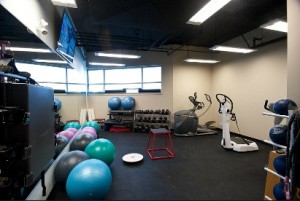What Does a Physiotherapist Do? | physiotherapy victoria bc – With more moving parts than any other machine, it is not surprising that our body occasionally feels pain. There are hundreds of different muscles and joints that can go wrong. Physiotherapy uses a variety of techniques to help your muscles and joints work to their full potential. Physiotherapy is used to reduce pain with various methods to make it possible for the patient to lead a normal life again.
Many people first encounter a physiotherapist following orthopedic surgery. An exercise regime and other treatments can greatly assist following a fracture or joint replacement.
People suffering with other musculoskeletal disorders, sports injuries, spinal problems, joint or muscle pain, arthritis, etc. are treated with exercises, mobilizations, manipulation, acupuncture, ultrasound and numerous other modalities.
Canadian researchers at the University of Western Ontario published a landmark study showing that physiotherapy combined with medication was just as effective as arthroscopic surgery in treating osteo-arthritic knees. “Many arthritic joints are helped by work on flexibility and strength,” says study co-author Dr. Robert Litchfield, an orthopedic surgeon and the medical director of the university’s Fowler Kennedy Sport Medicine Clinic.
Particularly beneficial for sufferers of lower back pain, physiotherapy is used to release tension and so reduce pain in the back. Various tactics are used such as exercise, traction, massage, acupuncture and spinal decompression – The program of physiotherapy can ease chronic pain by strengthening the muscles that surround painful joints or muscles. Treatment will depend on the source of the problem, using a three-fold approach: weight management (to reduce stress on joints), muscle strengthening (to improve mobility and reduce recurrence) and “re-patterning” of muscles.
One fast-growing area of practice uses physiotherapy techniques to address pelvic floor disorders, which can occur when pelvic muscles tighten, shorten or fall into spasm after pregnancy, childbirth or abdominal surgery. The pelvic floor muscles help support the spine and abdominal organs.
Stretches and strengthening exercises done at home are crucial to treating most problems. It takes time and practice to stretch or retrain muscles that have a long-established bad habit. For more information on What Does a Physiotherapist Do? | physiotherapy victoria bc – please contact our Physiotherapists and book a consultation.




